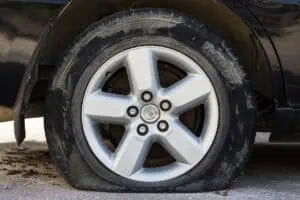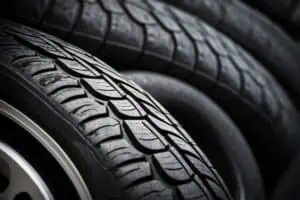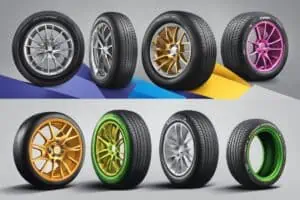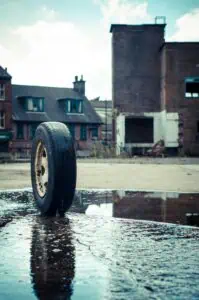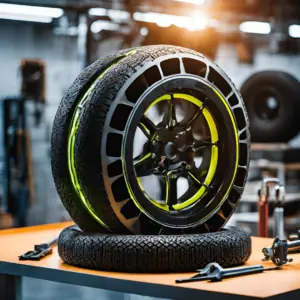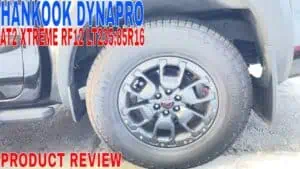Maintaining appropriate tire pressure is essential for vehicle safety and performance. Tires are the only point of contact between a vehicle and the road, and their condition can significantly affect the driving experience.
Tire pressure that is too low can be just as harmful as pressure that’s too high. It poses a safety risk, as under-inflated tires can lead to reduced control, increased stopping distances, and even blowouts.
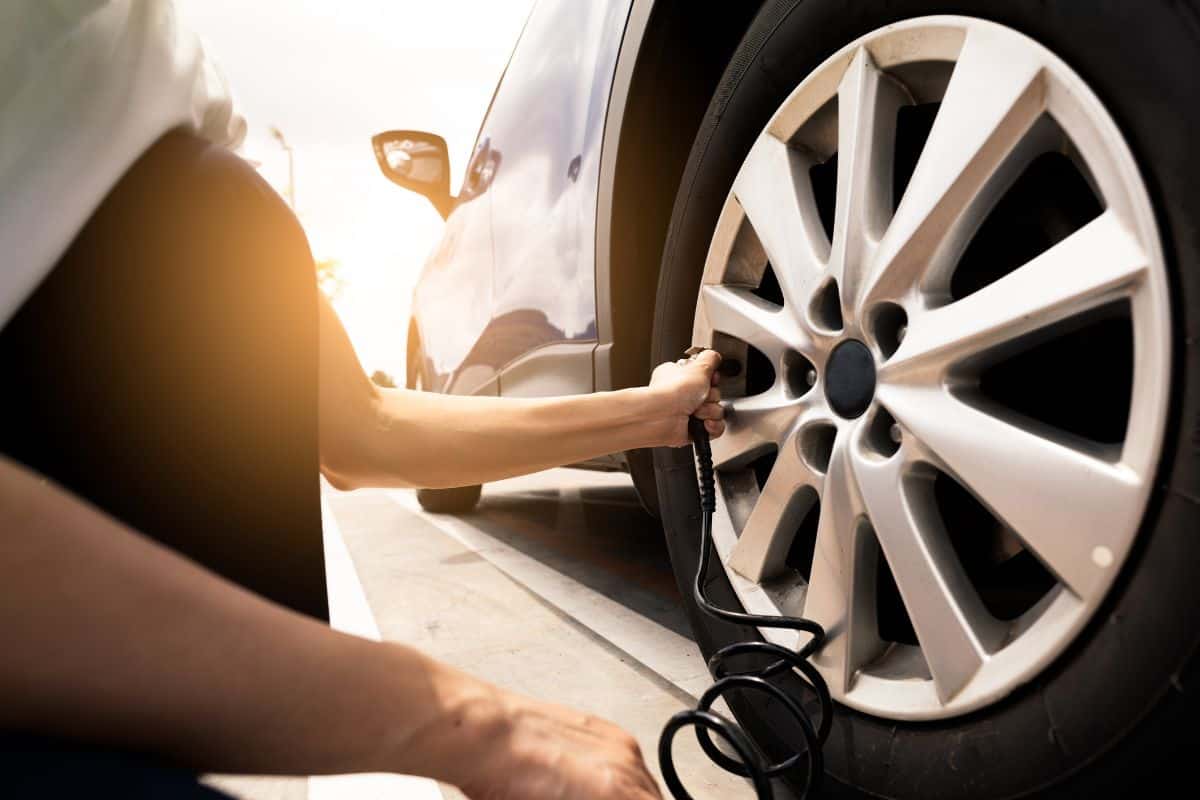
Proper tire pressure monitoring is not only about safety; it also concerns longevity and efficiency. Tires with pressure below the recommended levels increase rolling resistance, which can lead to higher fuel consumption and faster wear. Vehicles equipped with a Tire Pressure Monitoring System (TPMS) warn the driver when tire pressure drops below a safe threshold, making it easier to maintain correct tire pressure.
Jump Ahead:
Key Takeaways
- Tire pressure is crucial for safe driving and tire longevity.
- Extremely low tire pressure increases the risk of accidents and tire damage.
- Regular monitoring ensures optimal tire pressure and vehicle performance.
Understanding Tire Pressure Basics
In the realm of vehicle maintenance, tire pressure plays a pivotal role in ensuring safety, economy, and optimal vehicle performance. It is imperative to maintain the recommended pounds per square inch (PSI) to preserve the integrity of a vehicle’s tires.
Importance of Correct Tire Pressure
Correct tire pressure is crucial for several reasons. Primarily, it influences the fuel economy; tires with pressure below the recommended levels can lead to increased rolling resistance and, thus, higher fuel consumption.
For safety, proper pressure is imperative as it affects the handling and traction of a vehicle, impacting its ability to respond effectively to driving commands and road conditions. Tire wear is also affected by pressure levels—incorrect tire pressure results in uneven wear patterns, shortening the lifespan of a tire.
How Tire Pressure Is Measured
Tire pressure is measured in pounds per square inch (PSI) and can be checked using a pressure gauge. Gauges range from the traditional stick type to the more accurate digital pressure gauge, which provides a precise reading when applied to the tire’s valve stem.
It’s considered that anything under 30 PSI can begin to negatively affect the vehicle’s grip on the road, while operating on 20 PSI or lower is generally unsafe and greatly increases the risk of tire failure. A vehicle’s specific recommended PSI can typically be found in the owner’s manual or on a placard inside the driver’s side door.
Dealing with Low Tire Pressure
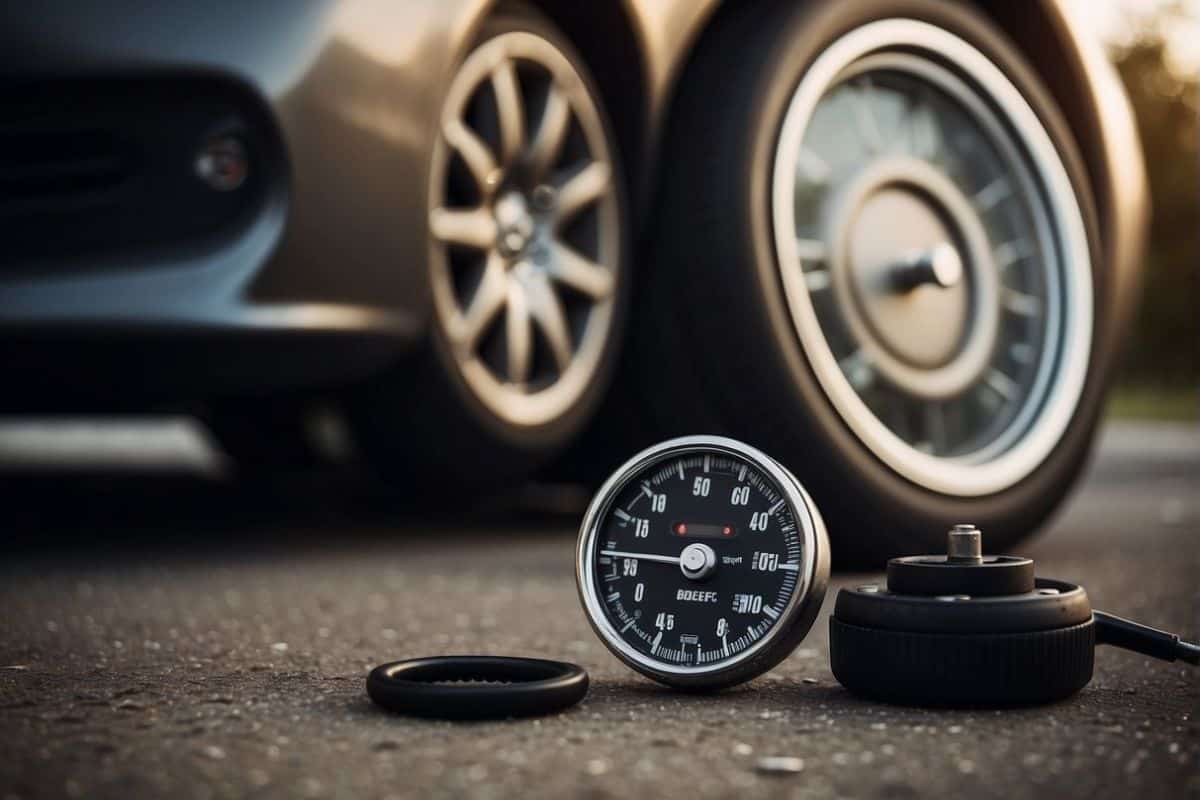
Effectively managing tire pressure is crucial for safety, vehicle performance, and maintaining fuel efficiency. Regular checks, especially during cold weather, can prevent the risks associated with underinflated tires.
Recognizing the Signs of Low Tire Pressure
One can identify low tire pressure by a visual inspection—if the tire appears flatter at the bottom, it’s likely underinflated.
More reliably, a tire pressure monitoring system (TPMS) can alert drivers through a warning light on the dashboard. It’s essential to regularly use a tire pressure gauge to get an accurate reading, as temperatures can cause fluctuations in pressure readings.
Risks and Consequences of Underinflation
Driving with tires that are not properly inflated leads to uneven wear, requiring premature replacement, and may cause the vehicle to pull to one side, indicating an alignment issue.
Low pressure in tires, especially the front tires, increases fuel consumption because of the greater rolling resistance. Furthermore, heat build-up due to underinflation can result in a tire blowout, posing a significant danger to the driver and other road users.
Properly Inflating Your Tires
To safely inflate tires, one needs a compressor and a quality tire pressure gauge. Check the manufacturer’s recommended tire pressure, typically found on the driver’s door jamb or car manual. Inflate the tires when they are cold for an accurate reading.
For passenger vehicles and trucks, the usual recommended pressure ranges between 32 to 35 psi. Regular maintenance, including pressure checks and alignment, ensures optimal tire performance and fuel efficiency.


